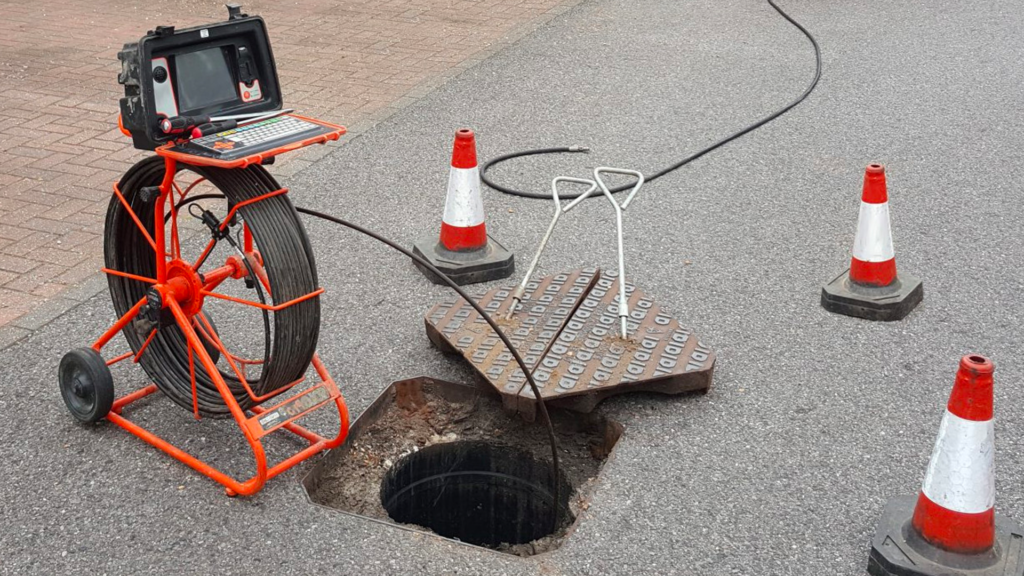The Of Reclaim Waste
The Of Reclaim Waste
Blog Article
Not known Facts About Reclaim Waste
Table of ContentsThe Best Guide To Reclaim WasteThe Best Guide To Reclaim WasteThings about Reclaim WasteGetting The Reclaim Waste To WorkThe Definitive Guide for Reclaim Waste
Domestic sewer waste refers to the waste and items from a household septic container. The appropriate management and disposal of residential sewer waste require fluid waste to be transferred to a sewage therapy plant where the correct methods and devices are used to purify and dispose of waste.
Commercial waste frequently includes possible dangers, such as flammable products or a mix of liquid and strong waste products, and requires a more innovative and in-depth disposal procedure. The disposal of commercial waste usually entails the purification of waste before transport to ensure secure and appropriate disposal. Industrial waste is created from by-products and overflow of industrial procedures and manufacturing.
This type of waste can not use the same sewer monitoring transport or procedures as septic or commercial liquids. The commercial waste management process needs the examination and testing of liquid waste before it goes through the disposal process (liquid waste removal). Runoff waste is the liquid waste that originates from overflow and excess stormwater in very populated locations or cities
Overflow waste can cause contamination and flooding if not handled properly. Ensuring appropriate waste management can protect against disasters and lower ecological injury.
Some Known Details About Reclaim Waste
Contact PROS Services today to discover about our waste administration and disposal solutions and the proper methods to care for the fluid waste you produce.
(http://peterjackson.mee.nu/where_i_work#c2441)
This supposed 'wastewater' is not just a crucial source but, after treatment, will be released to our land, waterways or the ocean. Utilized water from commodes, showers, bathrooms, cooking area sinks, washings and industrial processes is known as wastewater.

water utilized to cool machinery or clean plant and tools). Stormwater, a form of wastewater, is overflow that moves from farming and city locations such official source as roofs, parks, yards, roads, courses and gutters right into stormwater drains pipes, after rainfall. Stormwater flows untreated straight to local creeks or rivers, at some point getting to the ocean.
The Buzz on Reclaim Waste
In Queensland, a lot of wastewater is treated at sewer treatment plants. Wastewater is moved from residential or industrial sites with a system of drains and pump terminals, called sewage reticulation, to a sewage treatment plant. Regional governments construct, keep and operate most sewer therapy plants. Operators are certified under the Environmental Management Act 1994 to discharge treated wastewater at an appropriate environmental standard into waterways.
The Division of Natural Resources suggests neighborhood federal governments regarding managing, operating and preserving sewage systems and therapy plants. In unsewered locations, city governments may need owners to mount individual or home sewage treatment systems to treat residential wastewater from toilets, kitchen areas, restrooms and washings. The Department of Natural Resources authorises the usage of family systems when they are shown to be effective.
In some new subdivisions, treatment of some stormwater to remove trash, sand and crushed rock has actually started utilizing gross contaminant traps. Wastewater therapy takes place in four stages: Eliminates strong issue.
Wastewater after that streams right into large containers where solids resolve and are gotten rid of as sludge. Grease and residue are skimmed from the surface. Makes use of little living organisms called micro-organisms to break down and eliminate continuing to be dissolved wastes and fine particles. Micro-organisms and wastes are integrated in the sludge. Eliminates nitrogen and phosphorus nutrients that might cause algal blossoms in our waterways and threaten water life.
Examine This Report about Reclaim Waste
Nutrient removal is not offered in all sewer treatment plants since it requires costly specialised tools. It is ending up being a lot more usual in Queensland. Clear liquid effluent generated after treatment may still include disease-causing micro-organisms. If this effluent is released right into waterways such as rivers or the sea, the micro-organisms will at some point pass away out.

Most wastewater moves into the sewage system. Under the Act, regional federal governments provide approvals and licences for eco relevant tasks (Periods) including wastewater releases that might have a regional impact.
Indicators on Reclaim Waste You Need To Know
Otherwise, samples are taken for lab evaluation. Commonly lots of examinations are needed to establish the degrees of each of the various contaminants such as oils, heavy metals and chemicals in water. Surveillance supplies valid info about water high quality and can validate that permit conditions are being met. The info gotten with surveillance supplies the basis for making water high quality decisions.
Report this page